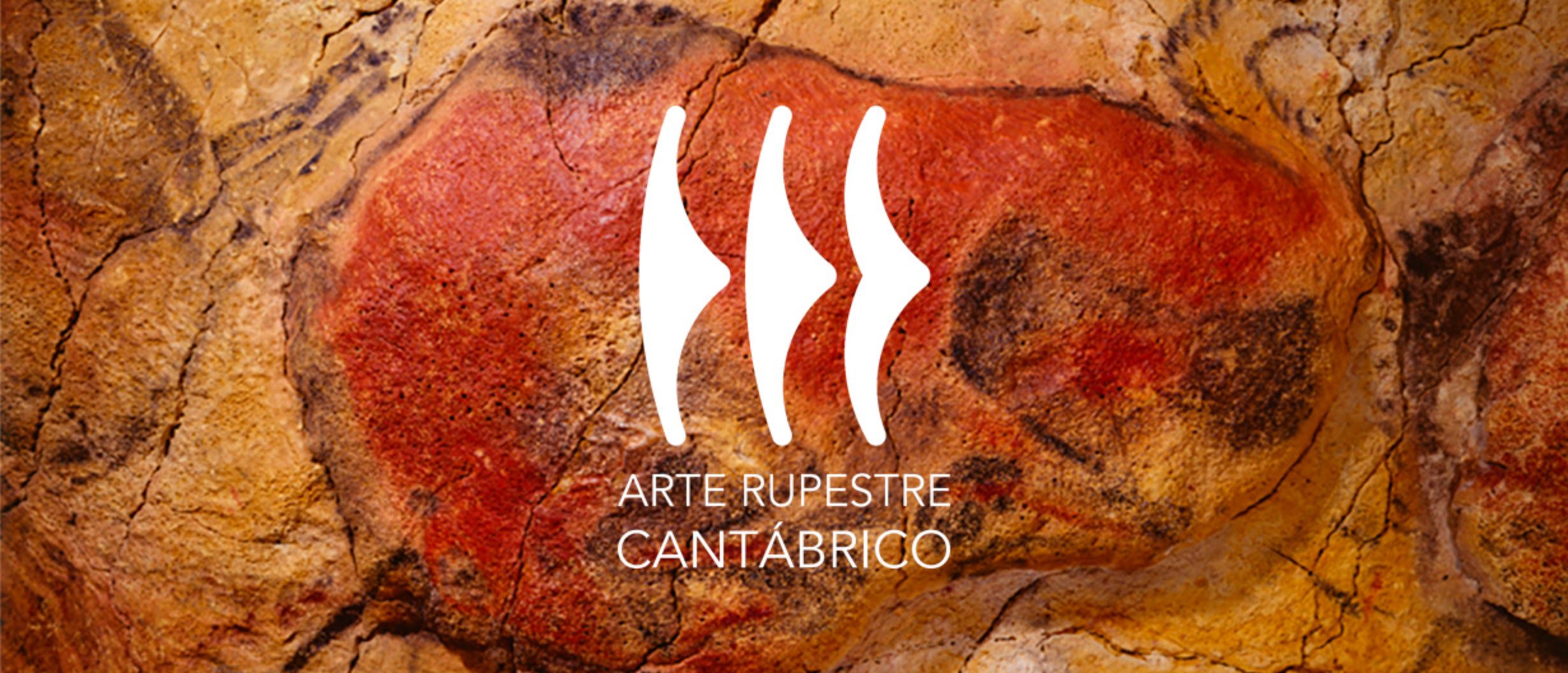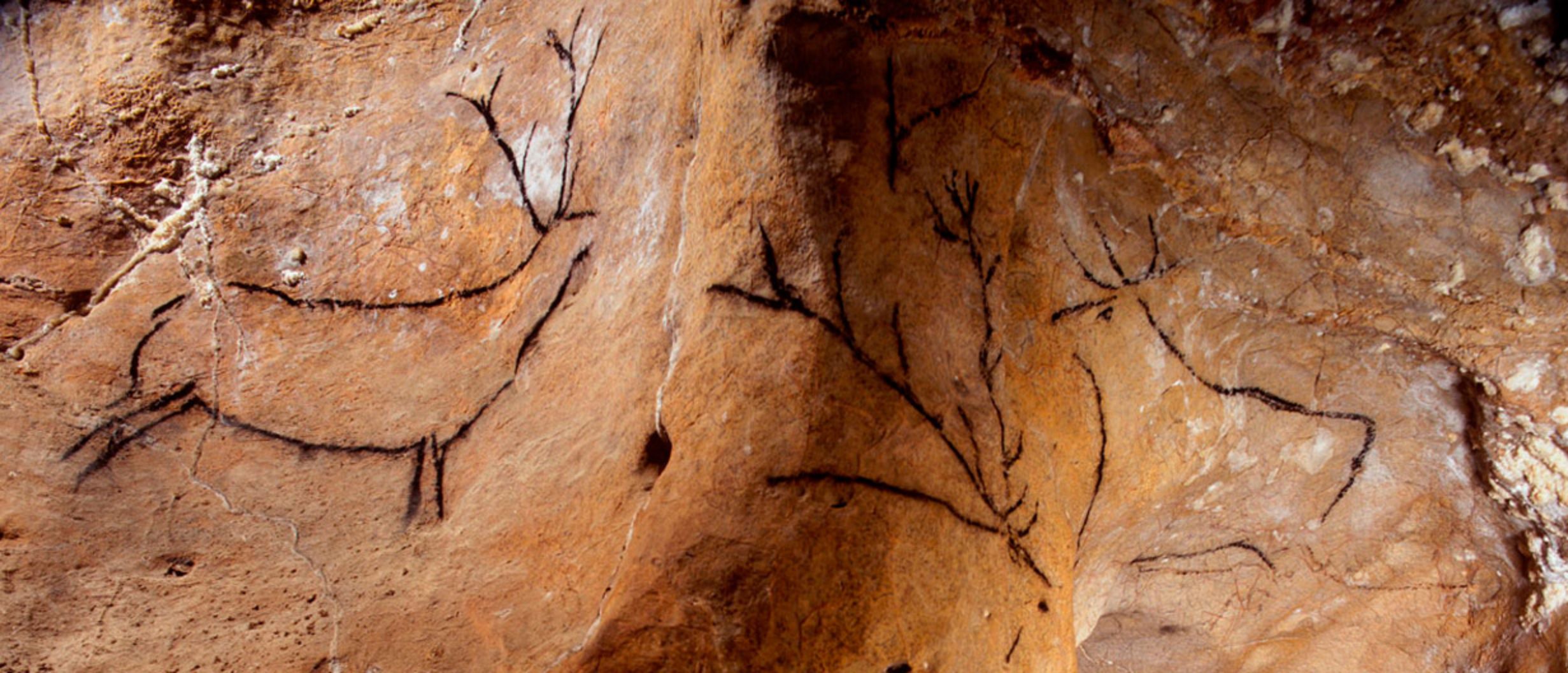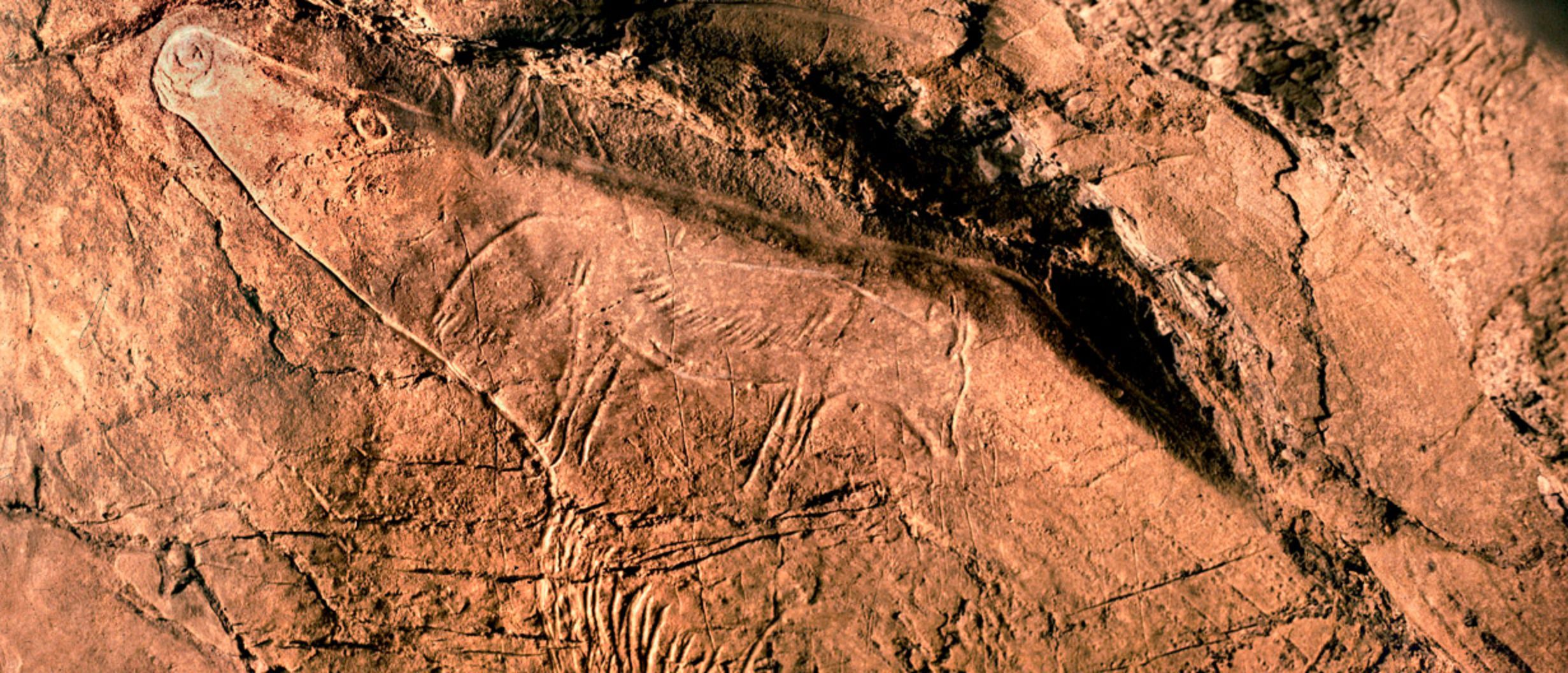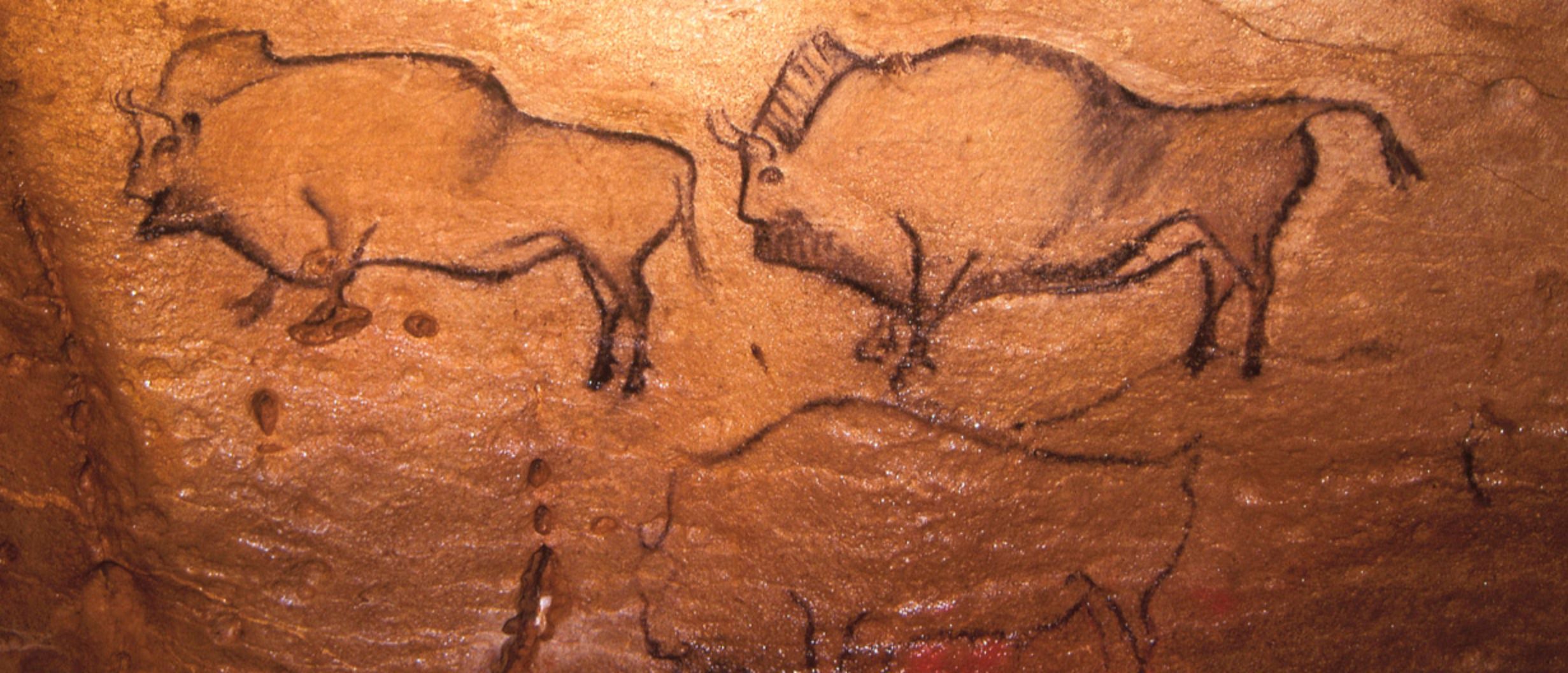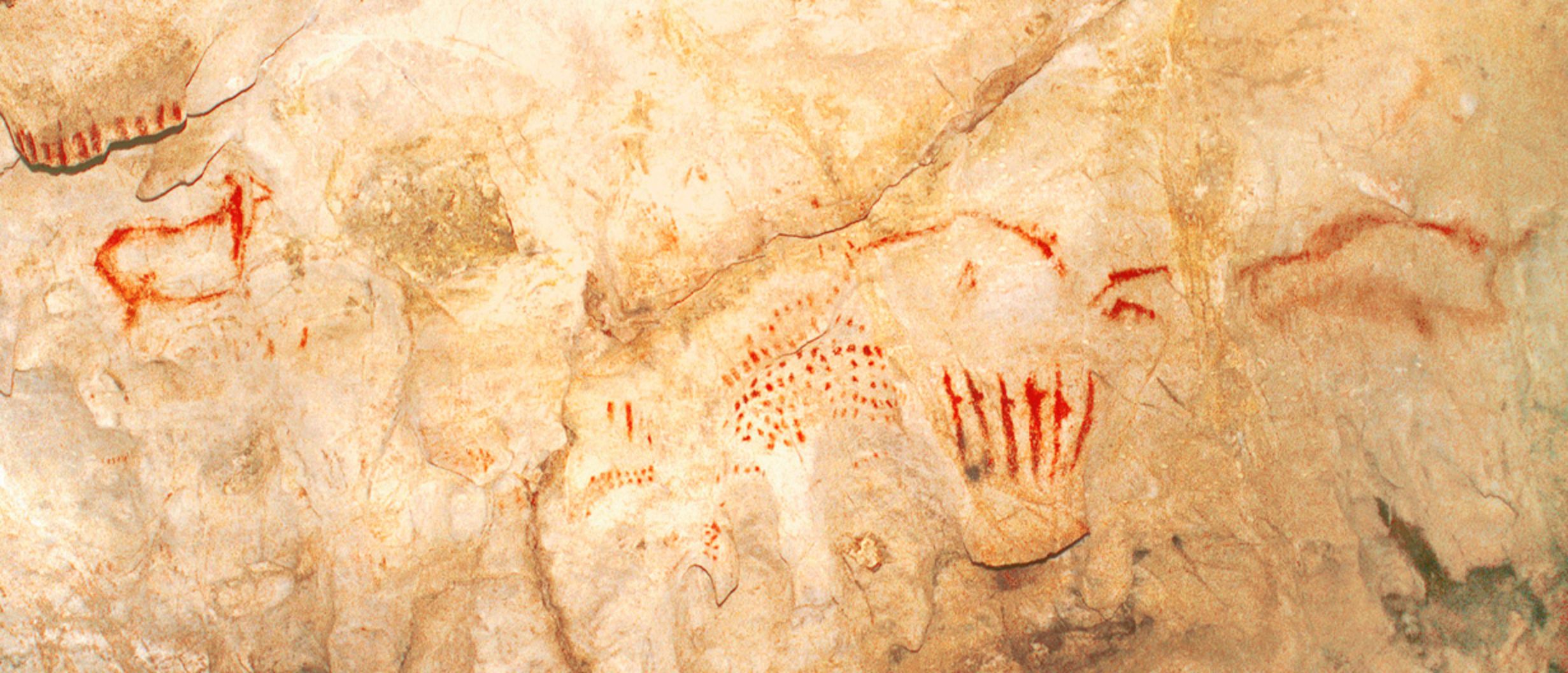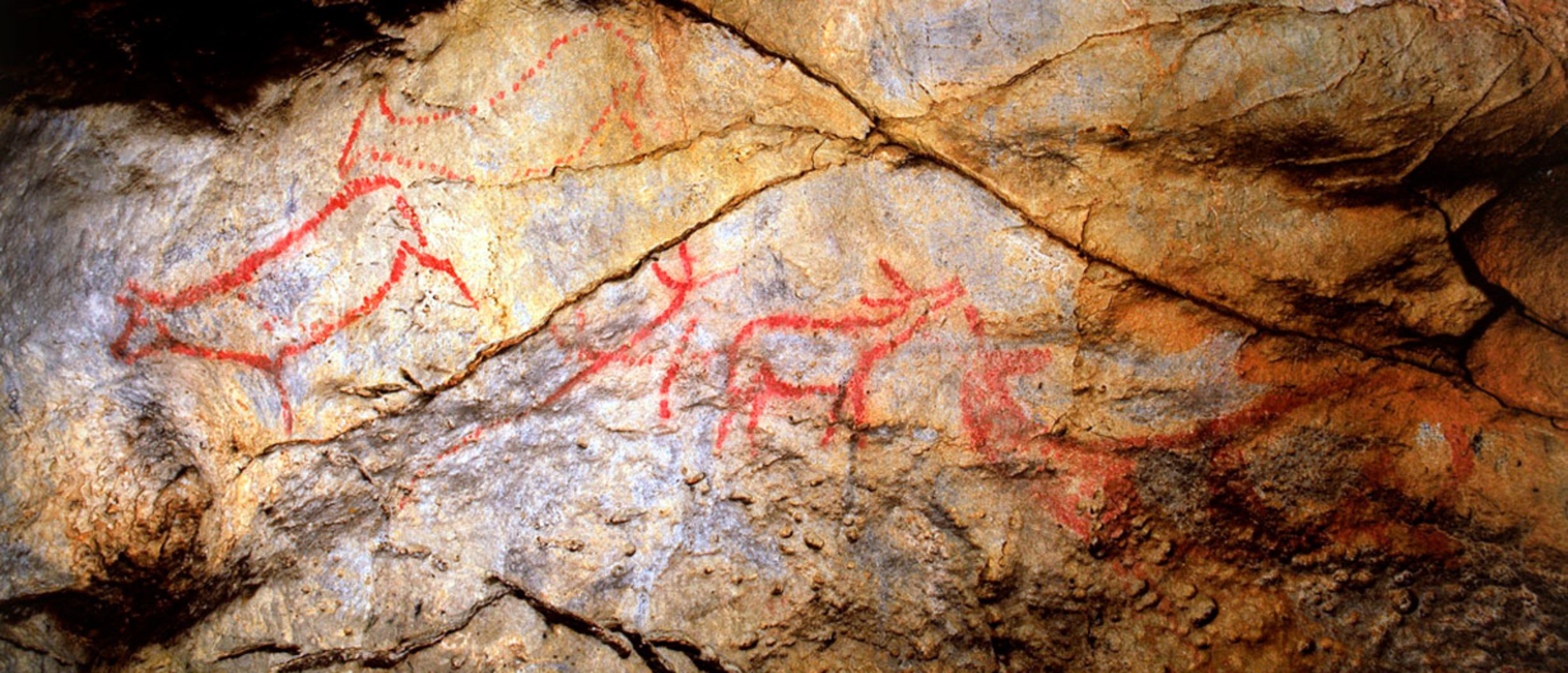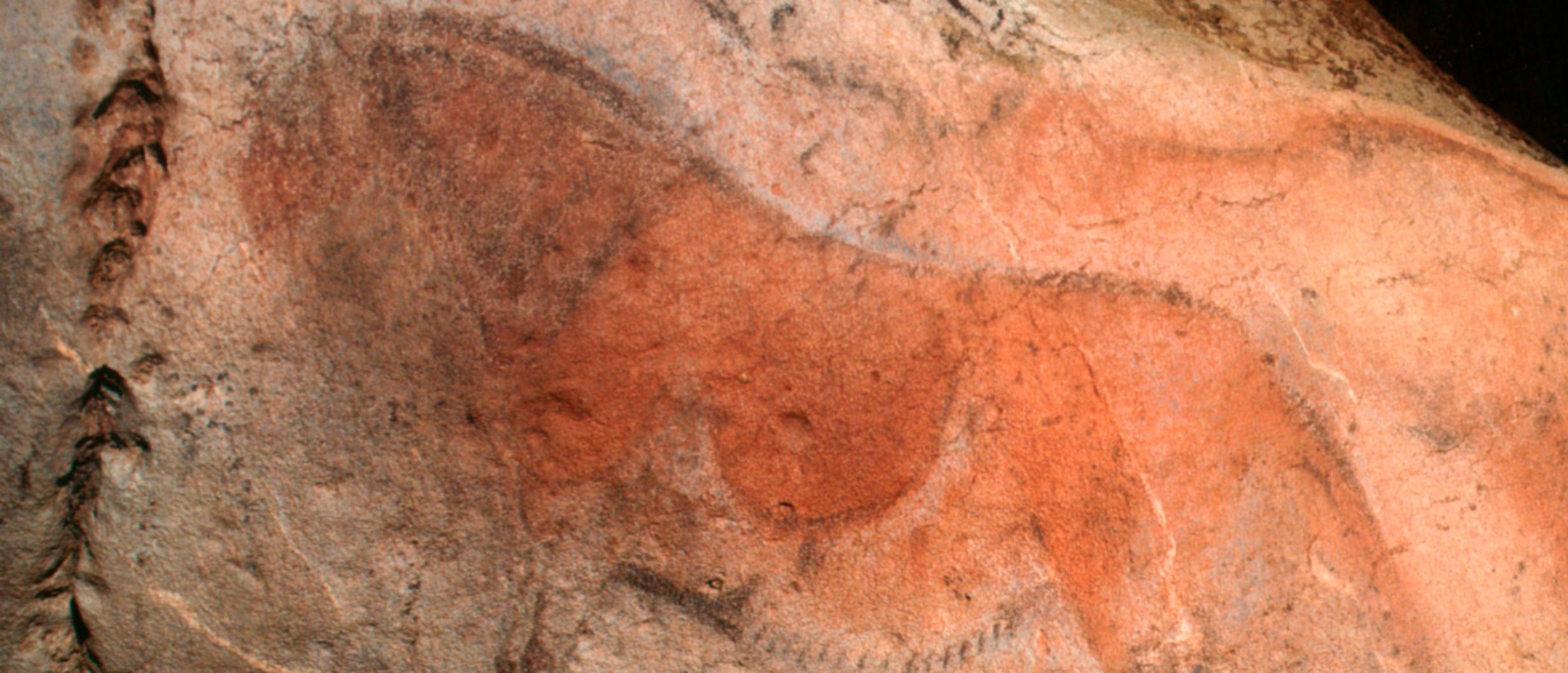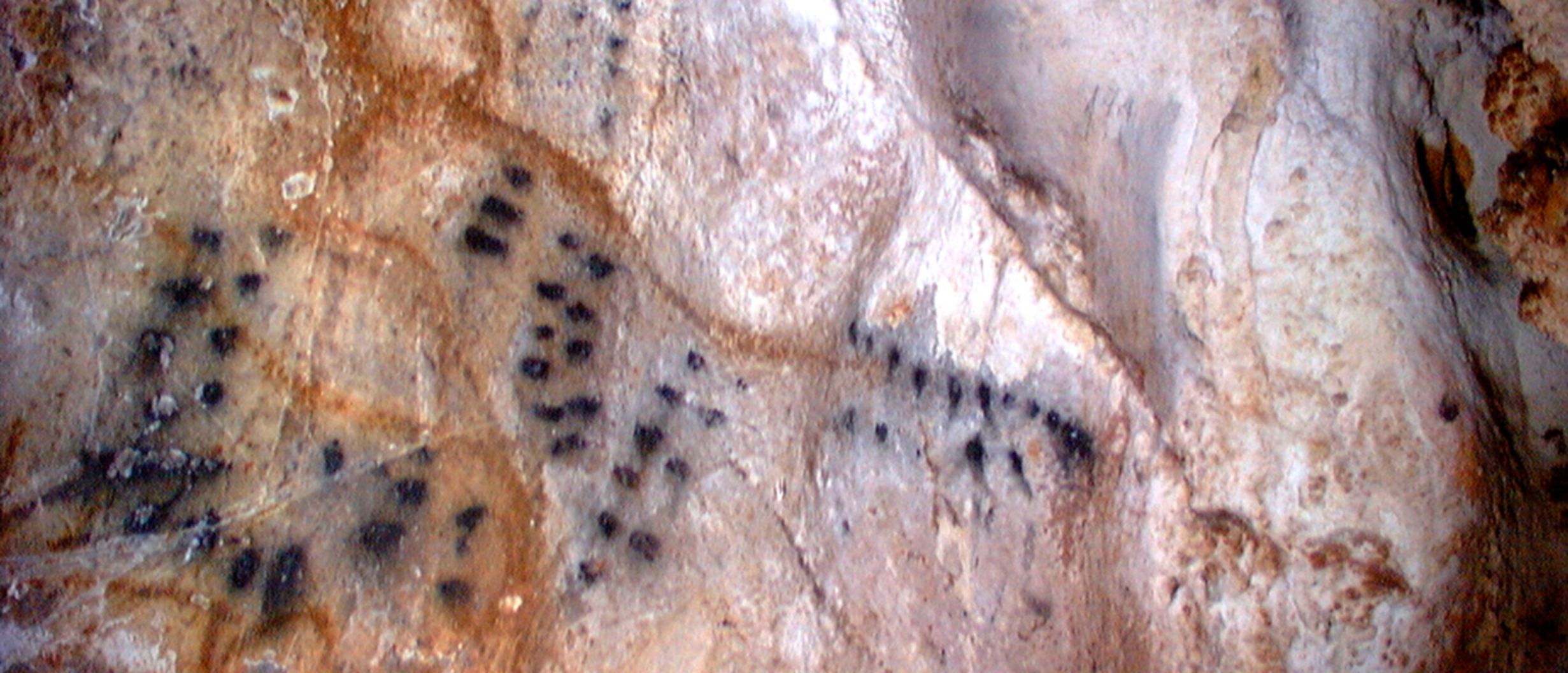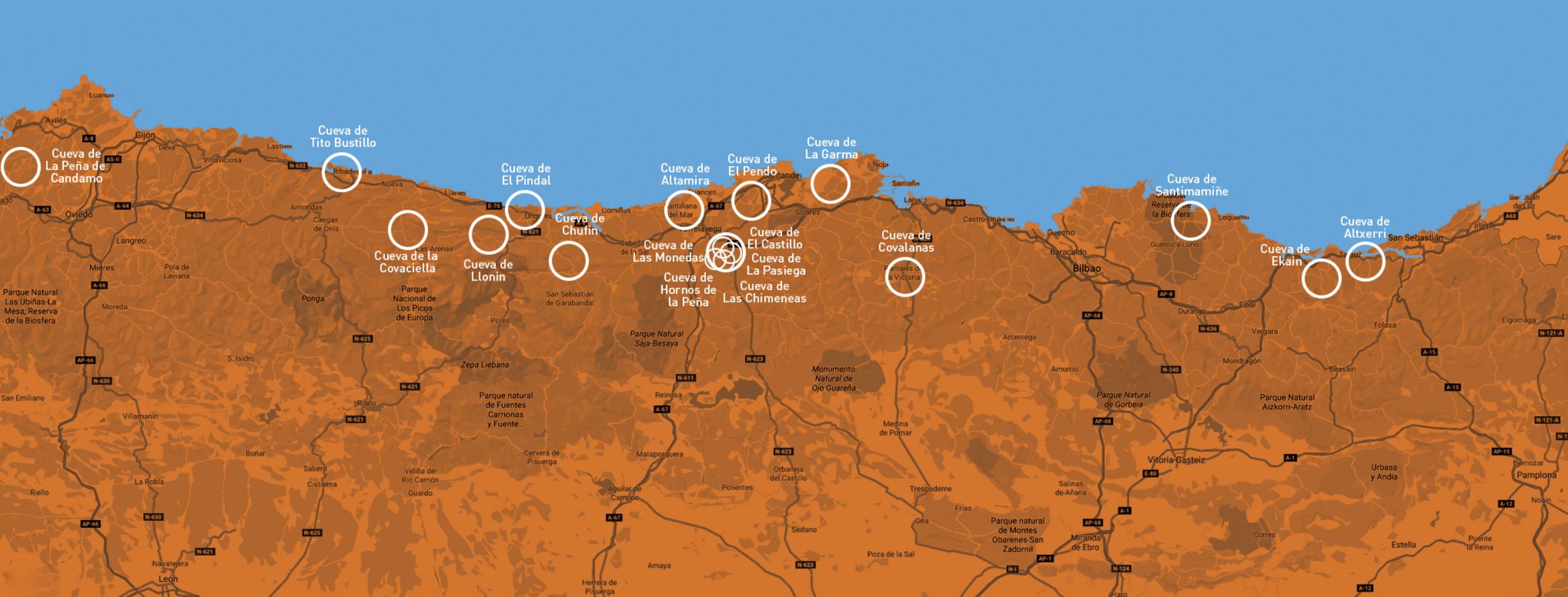Prehistoric Art in Northern Spain
Altamira Cave was designated World Heritage in 1985 as it is a unique artistic site and outstanding testimony of Palaeolithic human groups in southern Europe. This designation was extended in 2008 to include a further 17 sites with Palaeolithic cave art in northern Spain: Tito Bustillo, la Peña de Candamo, Covaciella, Llonín and El Pindal, in Asturias; Chufín, Hornos de la Peña, El Castillo, Las Chimeneas, La Pasiega, Las Monedas, El Pendo, La Garma and Covalanas, in Cantabria; Ekain, Altxerri and Santimamiñe in the Basque Country. This emphasised therefore that Altamira Cave is not an isolated case but another example of the skill of those human groups in a particular territory.
Owing to the number and density of decorated caves that are preserved in an excellent state of conservation, because of the rich iconographic repertory in their artistic ensembles, the diversity of techniques and styles that have been documented, the great antiquity of the artistic cycle and its permanence over the millennia, northern Spain is seen as a fundamental centre of human creativity within universal history. It is one of the places in which Art was born.
The region of northern Spain is a narrow strip of land, about 400km long and 40km wide, between the Cantabrian Mountains to the south and the Bay of Biscay to the north. Totally exposed to oceanic conditions, its temperate climate made it the ideal place for human occupation, especially in the coldest periods of the last Ice Age. Additionally, the geology, formed in great part by limestone, has allowed the formation of numerous caves that were used intensely by the first inhabitants of the region.
Palaeolithic cave art is one of the most important cultural phenomena in the history of humankind. Apart from its purely aesthetic qualities, from a historical point of view the importance of this art lies in the way it represents a crucial stage in human evolution: the appearance of Homo sapiens. The emergence of this new cultural phenomenon also had profound material implications. The invention of new working techniques and the specific application of known methods gave rise to the first development of the arts of painting, engraving and sculpture. This is therefore a cultural property of the first order, an authentic masterpiece of human creative genius. In addition to its great artistic quality, it is exceptional evidence of the history of civilisation, as it represents the first artistic expression of the human species. It therefore possesses universal value and significance, closely linked to the evolution of culture and society.
Upper Palaeolithic human groups left on the walls and roofs of caves in northern Spain numerous depictions whose contents revolved around two main themes: animals (including human beings) and the so-called signs. The figurative repertory, while it is varied, is not at all extensive. The range of animals is basically restricted to a few species (bison, horses, stags/hinds, ibex and aurochs); it seems to have become fixed in the first stages of this art and lasted after that time. The catalogue of signs, in contrast, varies with marked regional and chronological variations.




